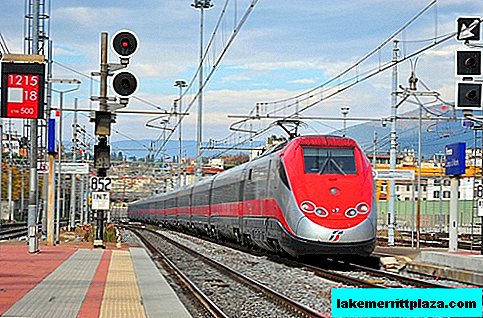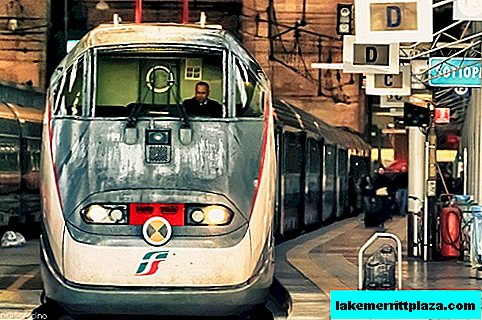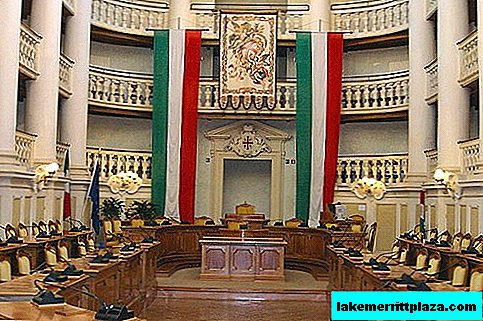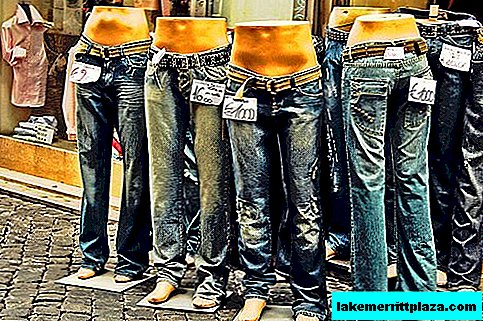On the southern coast of Italy, on the hilly shores of the Adriatic Sea of the Apulia region, there is a real White city of fabulous beauty. Unforgettable medieval atmosphere, pristine beaches, white houses and the blue sea of Ostuni will not leave anyone indifferent.
Ostuni, white as snow, like the sand of its beaches. White color merges all the houses of the town into a single structure, a chalk castle, shining against a bright blue sky.
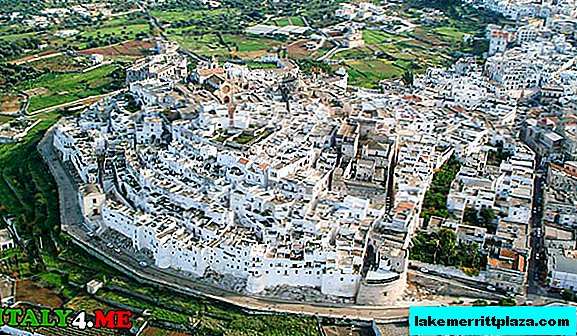
Surrounded by ancient olive groves, Ostuni grows from the highest hill in the county, called Ostuni Mountain. This city is worth visiting at least once in your life in order to feel its extraordinary atmosphere, penetrate its secrets, taste its cuisine, feel the aroma of the land and sea here. The special charm of the white houses from limestone and the enchanting panoramas of the Adriatic Sea, opening from all corners of the town, will not leave anyone indifferent.
The historical center, which has preserved the medieval structure intact, is a real labyrinth of streets, squares, narrow alleys, arches and elegant staircases twined with flowers. The dominant color of the houses here is bright white, interrupted occasionally by warmer tones of the noble estates and churches. The coastline stretches for twenty kilometers.
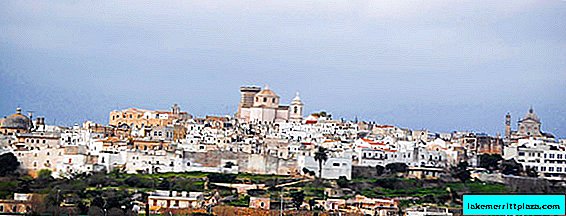
Going deeper into history, we find that the territory of Ostuni was inhabited even in the ancient Paleolithic, 50,000 years ago. And judging by the numerous archaeological finds, people lived here constantly until our times. In the Ostuni region, archaeologists even found the body of a woman in the last month of pregnancy, which is about 24,000 years old. She was given the name Delia, and she became a unique discovery on a global scale.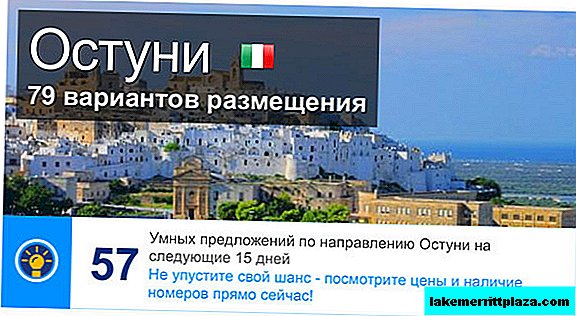
Sights
Assunta Cathedral

Assunta Cathedral (La Cattedrale dell'Assunta) of the 15th century - one of the most famous attractions of the Puglia region, in 1902 was recognized as a monument of national importance. The cathedral with a beautiful "rosette" was built in the late Gothic style, characteristic of the 15th century. Inside it are stored important works of art, among which the "Madonna and Saints" by Giacomo Palm the Younger.
Church of St. Vito Martire

Church of St. Vito Martire (Chiesa di S. Vito Martire) of the 18th century in the Rococo style, attached to the Carmelite monastery. It does not serve, but the remains of Delia, a girl who lived about 24,000 years ago, are stored. The monastery houses the Museum of Prehistoric Civilizations of Southern Murzhia (Museo delle civiltà preclassiche della Murgia Meridionale).
Freedom Square
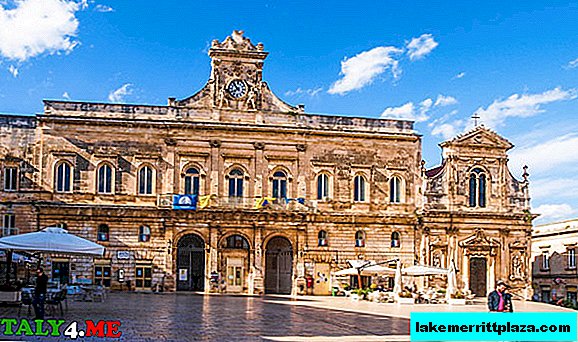
Freedom Square (Piazza della Libertà) is a central place in the city. Here is the City Hall (Palazzo del Comune), originally a former Franciscan monastery. Also in the square since 1771 the Spire of St. Oronzo (Guglia di Sant'Oronzo) has been rising, together with the patron saint, who keeps and protects the city from troubles. By the way, every year on August 26 the statue is carried around the city in the traditional procession of the Cavalcade of St. Oronzo (Cavalcata di Sant'Oronzo), including an equestrian parade and folklore performances.
We also recommend visiting:
- Church of the Purification and Artistic Eloquence (Chiesa del Purgatorio ed artistico oratorio), 18th century;
- Monastery of the Benedictines (Monastero claustorale delle Benedettine), 16th century;
- The Church of the Holy Spirit (Chiesa dello Spirito Santo), which stores a wonderful portal, which depicts the Annunciation, death and ascension to heaven of the Virgin Mary.
Places nearby Ostuni
Marina di Ostuni
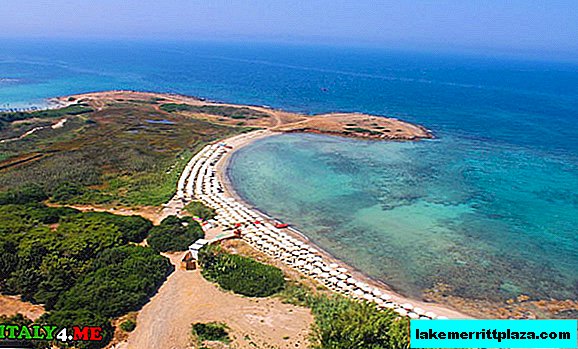
Hospitable tourist villages of Marina di Ostuni are organized 7 km north of the city. Despite the well-developed infrastructure, thanks to special environmental authorities, the coast here has retained its unspoiled beauty and cleanliness. In addition, the wet zone of Torre Guaceto - a wide strip of land along the coast - is covered with water during the rainy season and creates excellent conditions for the breeding of numerous birds. And in the summer, this place turns into a picturesque green meadow.
Find hotel in Ostuni
Carovigno (Carovigno) (7.8 km) will present a 15th-century fortress to tourists.

And 11 km from Ostuni is located Ceglie Messapico (Ceglie Messapico) with a fortress erected in 1525.
Grottoes of Montevicoli
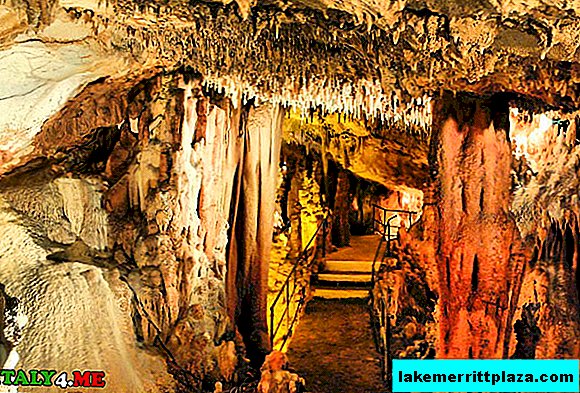
12 kilometers from Ostuni, everyone can visit the recently discovered Grotte di Montevicoli, impressive with its stalactites and stalagmites.
How to get there
- By car: E 55 (S.S. 16 e S.S. 379) Bari-Lecce;
- By train: Milano-Lecce railway line; Roma -Lecce. For example, a journey from Rome with a transfer to Bari will take you about five hours. An electric train from Bari to Ostuni runs every hour, a ticket costs 5.5 euros. Check the schedule and buy tickets in advance on the official website www.trenitalia.com.
- By plane to Bari Airport, direct flight from Rome, Milan, Venice, Barcelona or Monaco, and from there, by renting a car, to Ostuni or by train from Bari Central Station.
Interesting places nearby for a romantic getaway
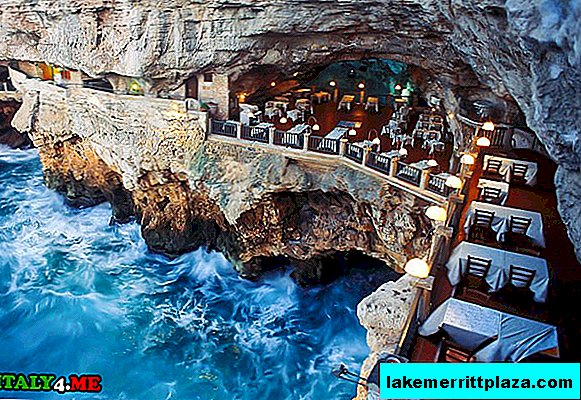
Ostuni can be part of a self-planned honeymoon or romantic trip to Italy. Just 50 kilometers away and 40 minutes by car along the coast in the city of Polignano A Mare is a unique hotel-restaurant Grotta Palazzese, located right in the cliff. Also, from Ostuni to Polignano a Mare, a train leaves every hour. A ticket costs 3.1 euros, and the journey takes about 30 minutes.

